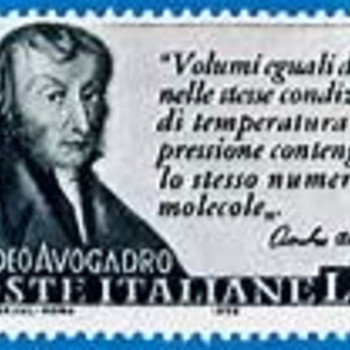How does ionic size relate to the size of their particular parent atom? In your answer discuss the relative size of the ions of potassium, bromine, and selenium.
1 Answer
Well, anions should be larger than their parent atoms, and cations should be smaller than their parents..............
Explanation:
It is a FACT, (i) that the ATOMIC size decreases across a Period from left to right as we face the Table, and (ii) the ATOMIC size DECREASES down a Group.
Two factors are important here, (iii) nuclear charge, and (iv) shielding by other electrons. Unfilled electronic shells shield the nuclear charge very ineffectively, with the result that across the Period (from left to right as we face it!) atomic size tends to decrease:
 )
)
What is the origin of this phenomenon? Well, unfilled electronic shells shield the nuclear charge VERY INEFFECTIVELY. As we add electrons to the valence shell, a proton is also added to the nucleus as the atomic number advances, and the elements change. Nuclear charge WINS over shielding when the valence shell is INCOMPLETE.
Once the valence shell is COMPLETE, electronic shielding becomes more effective, and the next electrons enter a new valence shell, at a greater radius, at a greater distance from the nucleus, and, demonstrably the cycle begins again. This contest between nuclear charge and electronic shielding underlies the whole structure of the Periodic Table, and it is significant that the Noble Gases, the rightmost elements on the Table as we face it, are the smallest ATOMS on their respective Periods.
I urge you to put some actual values on this argument, and interrogate some actual data.
So finally to your question................(sorry, I got carried away!). We have three 4th period ions/atoms, i.e.
The smallest species is CLEARY

